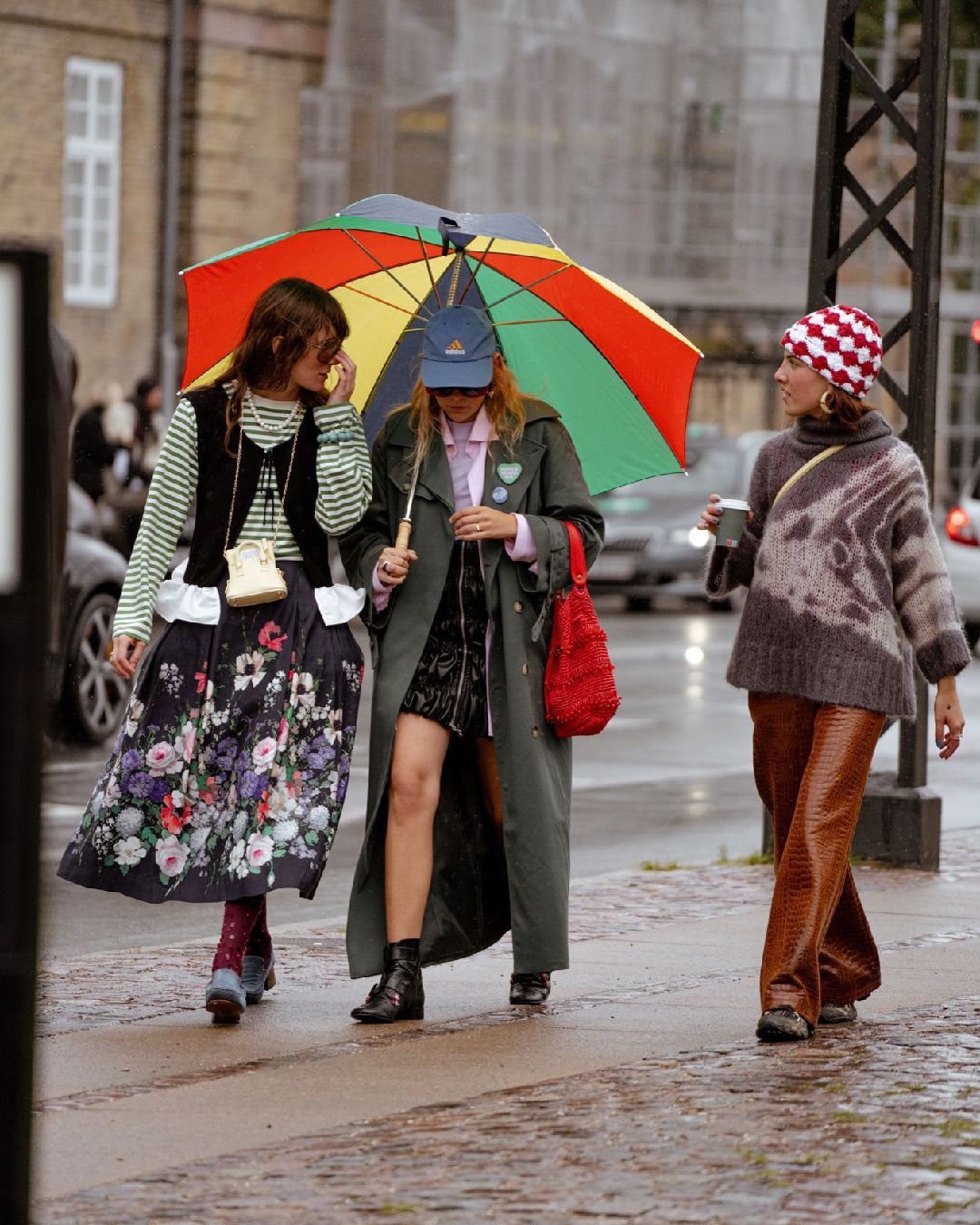
How can emerging designers afford a fashion show? Showing at Fashion Week is more expensive than ever
A show can cost up to $300,000 or more, and the brand organizing it gains nothing but fame. So how can emerging brands afford to attend Fashion Week without going broke? Long gone are the days when fashion patron Isabella Blow used to finance the work of the young Alexander McQueen, and even further gone are the days when a Dior show consisted simply of setting up a dozen chairs in the Maison's Parisian atelier; today, showing the new collection means putting on a real show, and therefore involving experts in photography, lighting, scaffolding, renting buildings, theatres, or even entire islands. Of course, a large space with whitewashed walls may be enough for an up-and-coming designer, but even then, the expenses are not small.
Considering that invitations to Fashion Week shows are not paid for and that the expenses for an event start on average at $10,000, deciding to organize a show is an investment, and the only way to measure the fruits for now seems to be the MIV (Media Impact Value, a new way of weighing the impact of a phenomenon on social media): according to Launchmetrics, at the end of Fashion Month FW23, Milan Fashion Week was worth $24M, with Prada on top at $10. 2M, Paris Men's Fashion Week an impressive $50.6M thanks to Pharrell's show for Louis Vuitton, which brought in $16M, which can justifiably motivate any successful aspiring designer to want to put on a show of their own. Generally, what an up-and-coming designer can count on to keep from going broke are sponsors. Case in point? Hillary Taymour, founder of the New York-based brand Collina Strada, accepted funding from the cannabis museum THCNYC for her AW23 show, and her models walked the runway with weed in their pockets. Whether you like it or not, sponsors are the ones who make the fashion industry work during the busiest months of the year, even in the case of the most famous brands, such as Toni&Guy's signature hairstyles in London, or Bulldog Gin's drinks at the afterparties in Milan.
In addition to the support of entertainment and beauty companies, brands can sometimes also rely on initiatives specially created by the government hosting the Fashion Week they want to attend. In London, the British Fashion Council has been working for years to improve the financial conditions of emerging designers, with the Fashion Trust initiative, which financially supports their creations, and the New Gen project, which covers the costs of their fashion shows - this year they chose to subsidize Chet Lo's show. In the rest of the fashion capitals, some designers can take advantage of projects such as those of the CFDA/Vogue Fashion Fund, which provides a prize pool of $300,000, of IMG and Empire State Development, which allocate up to $50,000, and in New York of UPS, which this year launched NYFW: The Shows. Despite the costs, attending Fashion Week with a show continues to be a concrete aspiration for many emerging designers. The list of purchases that a designer must commit to in order to realize a fashion show is not a short one, but being able to illustrate one's collection in front of buyers and journalists, and maybe even a few influencers, is an effective way to gain more media attention, more financial freedom and therefore creative freedom.















































